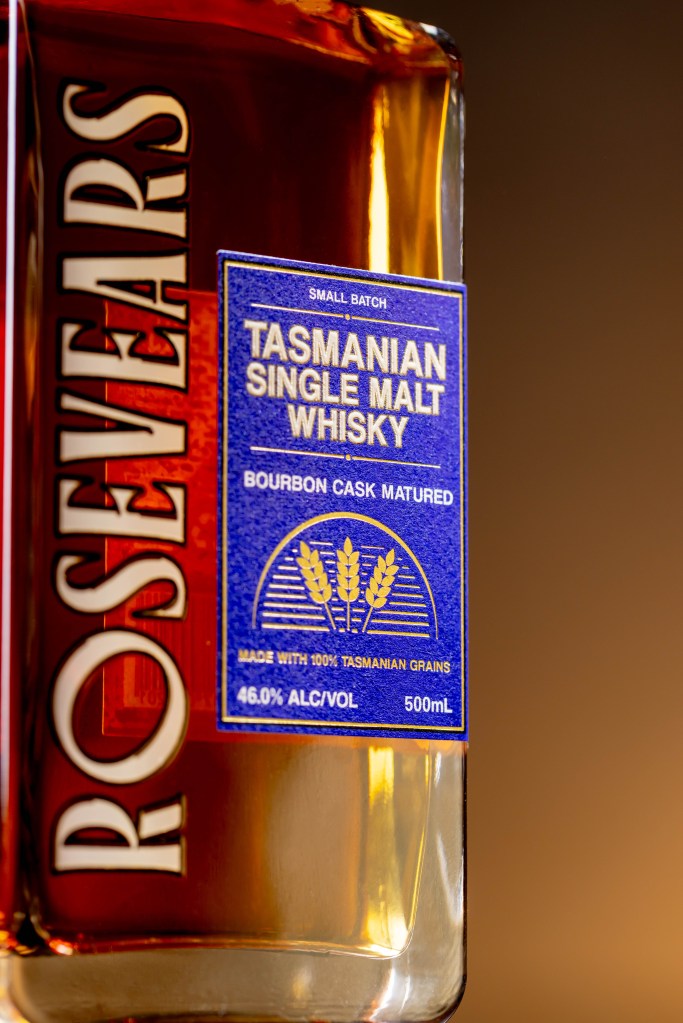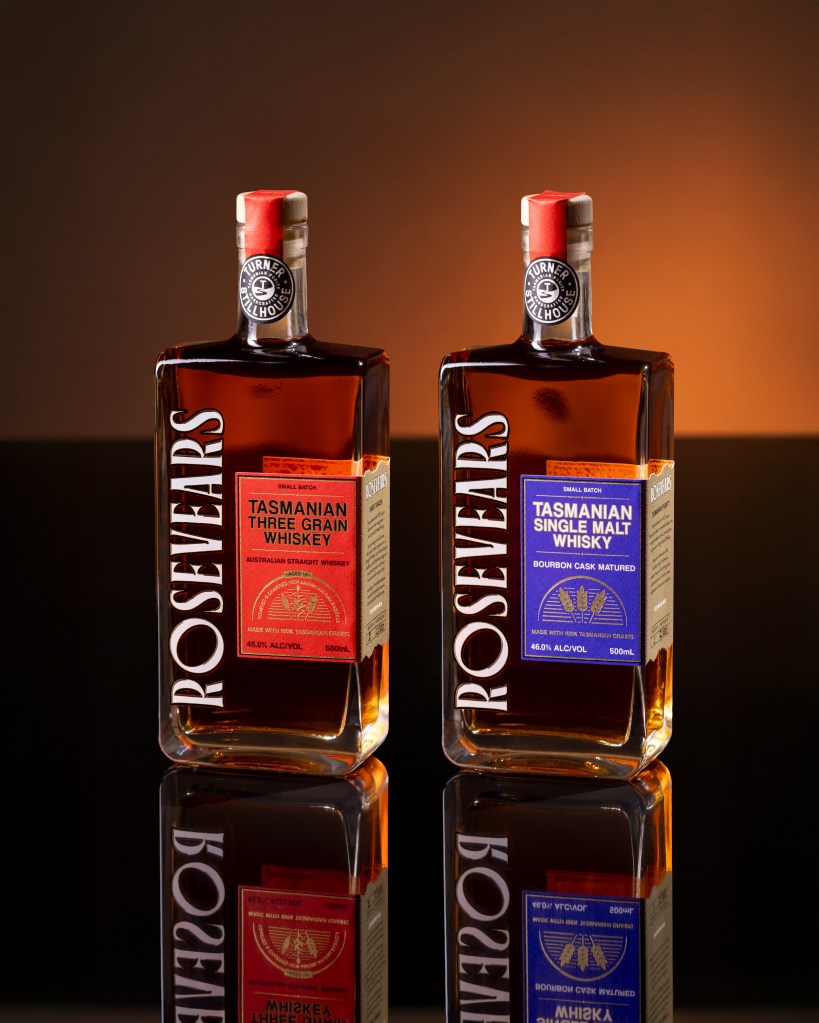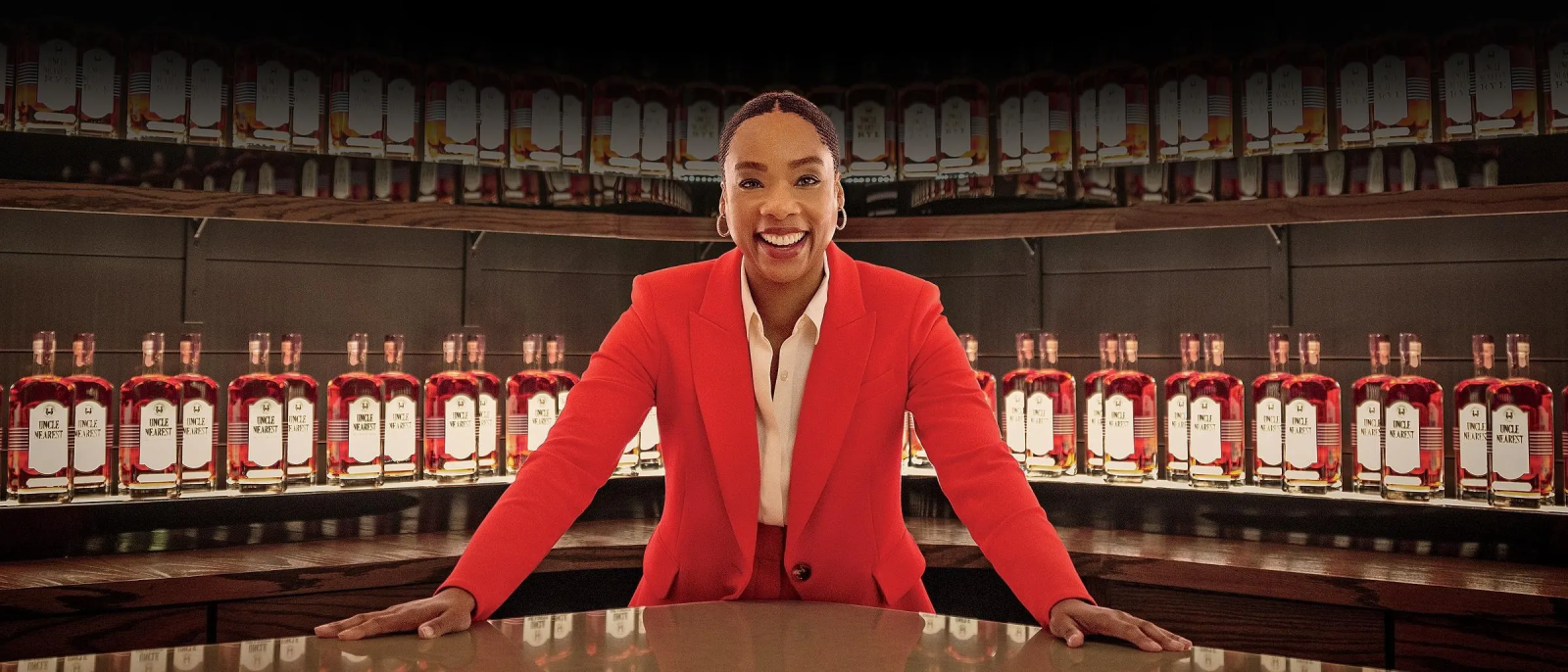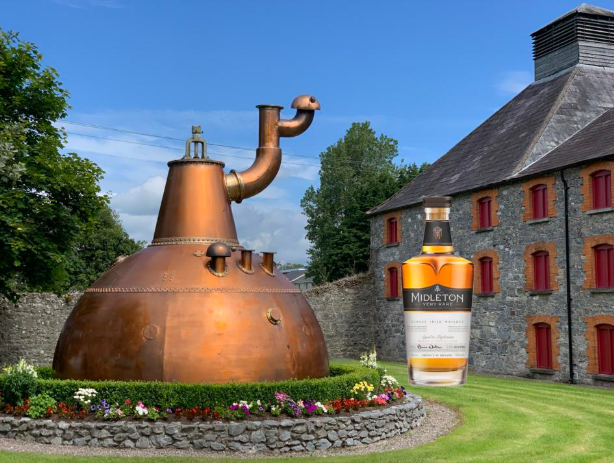Justin Turner can’t use the B-word for his Rosevears Three Grain Whiskey that looks, smells and tastes like the real deal – and he’s about to send it back to the homeland.

Justin Turner has to signal to whiskey aficionados in subtle ways that his whiskey follows all the rules attached to that slice of down-home Americana – bourbon whiskey – except that it’s made in Tasmania.
“Everything we did screams ‘American whiskey’ without actually saying the word ‘bourbon’,” Turner tells Forbes Australia. “The label states, ‘Australian straight whiskey’. The word ‘straight’ is another word for American-style whiskey. There’s the ‘e’ in whiskey. It says ‘aged and toasted’, and ‘charred new American oak’. And ‘sweet mash’.”
US geographical names laws and trade treaties forbid him from using the word derived from the French royal house of Bourbon, but it isn’t going to stop his Turner Stillhouse from embarking on a coals-to-Newcastle journey and selling it back into the US.
Having just got his Rosevears Tasmanian Three Grain Single Malt Whiskey on the market in Australia, he plans to be shipping to the US within 12 months.

From the Hudson to the Tamar
Justin Turner grew up in Northern California where his family owned a small winery that also dabbled in brandy. He went off to New York and worked in the world of money.
“I had a very diverse finance career in New York,” says Turner. “But as interesting as some of the deals were, I was always on the other side helping someone else raise money or sell their company. I wanted to be on the other side of the table doing something more entrepreneurial.”
In 2010, he met his now wife, Sarah-Jayne Hall, a Tasmanian lawyer working in New York for the global law firm DLA Piper.
They moved to California and Turner took over another family business, Turner Gas, restructured it and sold it to a public company, Crestwood, in 2016, after which he was left wondering what next.
He contemplated a tech start-up. “But whiskey was my passion, and I just kept thinking more and more about it.”
His plans to do it somewhere in the US were derailed by a visit to the in-laws for Christmas 2017 in Deloraine, northern Tasmania. They suggested he take a look at a former winery at Rosevears in the Tamar Valley, 18 kilometres north of Launceston.

Turner agreed, if only to humour them. The site was an old Brown Brothers winery next to the much-respected vigneron’s current Tamar Ridge Cellar Door. “What a cool concept if I could be next door to a winery, the only distillery on the Tamar Valley wine route,” he recalls thinking. “It would be like being in the Napa Valley of California with a distillery.
“And I was intrigued by Tasmania. Sullivans Cove had already won best whiskey in the world a few times. And there was this growing craft scene with amazing foods and produce.
“No one was doing American-style whiskeys much here. There was one guy doing a small rye whiskey named Belgrove, and he’s great.”
Turner went to Scotland to complete a crash course in distilling at the Edinburgh Whisky Academy.
“And I just basically called every distillery I could find in the US, and most said, ‘We’re very secretive. We don’t want outsiders in here,’ and I said, ‘Well I’m gonna go do this in Tasmania, so I’m not a direct threat. I’ll push a broom. I’ll do whatever you want. I just need to learn.’”
He got a few to let him in the door. One was doing gin. He didn’t think he liked gin, but he tasted theirs and loved it. “And I realised contemporary botanicals was something I could do.”
Turner and Hall took the plunge, leased the old winery and moved to Tasmania in October 2018. Turner Stillhouse had its first gin, Three Cuts, on the market three months later.

They’d landed in the thick of the gin boom and the market kept calling for more. So Turner and head distiller Brett Coulson kept creating more styles while collecting international recognition and various gongs along the way.
All that was a distraction to Plan A – American style whiskey.
The bourbon still had arrived in late 2019. It was a confusing maze of pipes and valves with which the locals were not familiar. The manufacturer in Portland, Oregon, could not send an engineer to commission it because of COVID-19.

They got their first single malt whisky laid down during that first year of pestilence, then started work on doing a bourbon-style brew.
“We couldn’t get barrels out of the States. You have to use new American charred oak casks, by law, to be called bourbon. We’re strictly adhering to US bourbon rules – even though I can’t call it bourbon – because I want to be taken seriously.

“With our first release ‘bourbons’, I ended up using casks out of the Barossa that had air-seasoned US oak. These wine industry cooperages fashioned them into bourbon barrels for us. But since then, all our barrels have come out of Missouri – virgin, white-oak barrels.”
For almost a century, whisky distilleries around the world have bought the single-use bourbon casks from US distillers to add the smoky flavours of charred and sweetened bourbon casks. But Turner has saved himself that expense, being able to utilise his own used bourbon casks for his single malt whisky. [Note the different spellings: he uses the Irish/American spelling for his Three Grain bourbon-style brew and the scotch spelling for his single malt.]

“The bulk of what we’ve laid down is split between our Three Grain ‘bourbon’ and our single malt. I’ve also done a little bit of rye whiskey and 100% corn whiskey. But on the grain whiskey side of things, it was important that I use only Tasmanian grains, which had never been done before. So we use 100% Tasmanian corn, rye and malted barley in our Three Grain.”
The requirement that bourbon be made from at least 51% corn [maize] led Turner to the realisation that not a lot gets grown on the Apple Isle. He had to go out and convince local farmers to grow more.
And just to make his world a little more complex, he went for an open fermentation on his brew, meaning that the local yeasts floating in the wind had an opportunity to get in on the flavour act and deliver a little terroir.
Rosevears Tasmanian Single Malt Whisky was launched in May. And the ‘bourbon’ that’s not a bourbon, Rosevears Tasmanian Three Grain Whiskey, has just hit the market in Australia.
Turner has just returned from a trip to the US, talking to his distributors, and says he’ll start exporting Three Grain in “the next 12 months”.
His early business plan presumed his gin was just something to get out early, while he waited for the whiskey to mature. But the gin managed to exceed expectations.
“I’ve focused heavily on the U.S. market because it’s my home birth country … A lot of the distilleries here have focussed more on going into Asia or Europe.”

Turner Stillhouse is exporting “less than 25%” of its product so far, but Turner predicts he will get it “closer to 50%” within the next two years.
He declines to give sales figures. “But I’m happy to suggest that we have produced over 800 barrels of whiskey to date and have well over 125,000 litres of whisky aging in barrels.” With a staff of 13 in Tasmania and a sales team in the US, he’s trying to bridge that gap between the blue grass and the Apple Isle.
“We always like to say it tastes like Tasmania on the front and Kentucky on the back. Because you’re getting distinct Tasmanian grains with that corn and rye … And it makes an amazing old-fashioned.”
Look back on the week that was with hand-picked articles from Australia and around the world. Sign up to the Forbes Australia newsletter here or become a member here.


